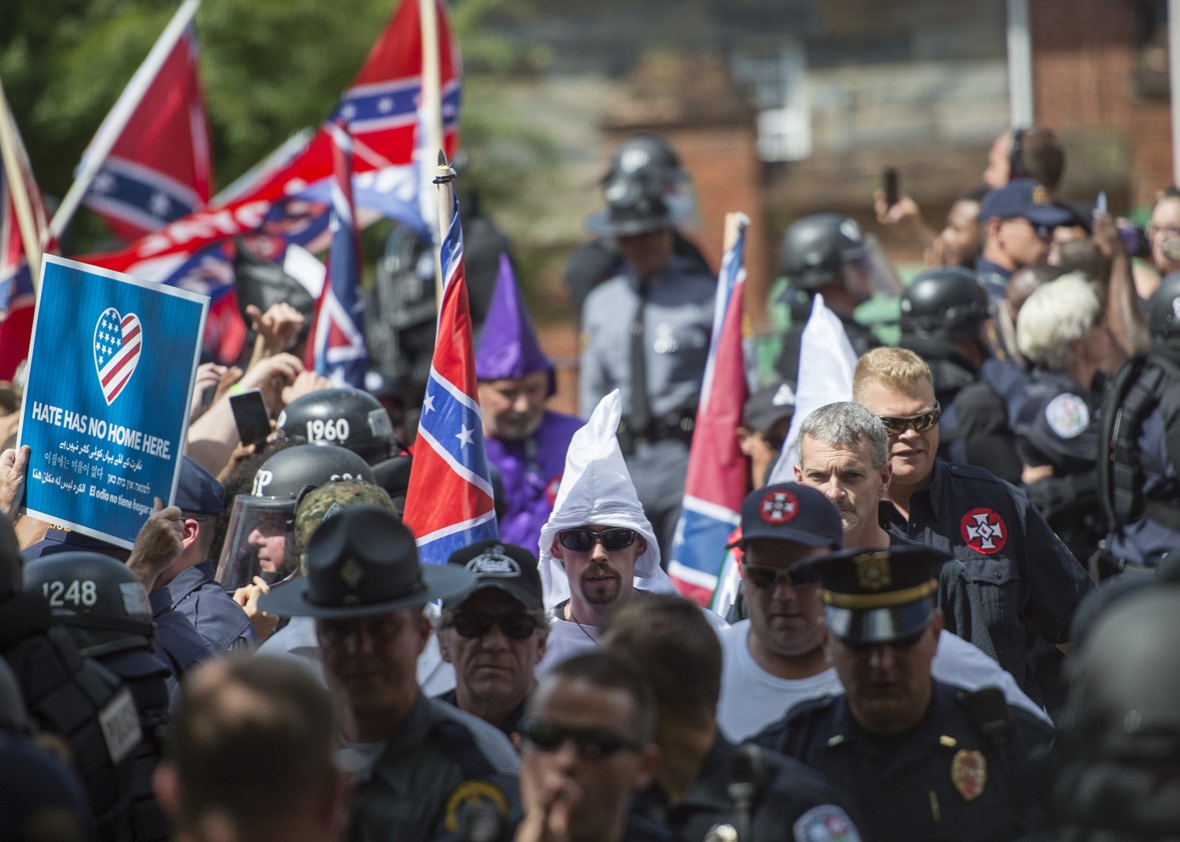Sticks and stones may break my bones but words will never hurt me. Children have been reciting this parable since the 1700s, and while words themselves can not cause physical damage, hateful words can inspire ideologies and prejudices and fuel physical violence.
For centuries, academics have said that education cures ignorance, but for thousands of children, inaccurate school curriculum perpetuated White supremacy and Black inferiority in America for decades. This flawed curriculum was deliberately implemented into Southern public school systems by the United Daughters of the Confederacy (UDC) at the turn of the 20th century.
While this organization is most known for supporting and funding 450 of America’s 780 Confederate monuments and statues, their real legacy was their success in rewriting southern history surrounding the Civil War and slavery.
UDC’s Propaganda Campaign
In 1913, the UDC launched a campaign called the Lost Cause to rewrite America’s narrative surrounding the Civil War and southern history. Dr. Michael Dickinson of Virginia Commonwealth University told The Globe Post that the UDC’s Lost Cause campaign deliberately altered how future generations would remember the war, its participants, and slavery.
“In this romanticized vision,” Dickinson explained, “the South fought for states’ rights and to maintain the Southern way of life instead of their true motives, which more accurately were to preserve slavery and white supremacy.”
The UDC successfully lobbied for their revisionist, inaccurate history to be taught to public school children across the South. The textbooks UDC promoted repeatedly mention the necessity of keeping Black people in their places and praise the Ku Klux Klan for protecting White people from the savagery of Black people.
Other misinformation in textbooks were myths such as enslaved people being happy in their bondage, the belief that the Klan protected the nation’s freedom, and stereotypes of Black people being lazy, incompetent, and inferior to White people.
The UDC claims to lovingly commemorate Southern heritage and pride, but some historians and activists feel as though the group’s rhetoric and language have indirectly resulted in violence and bigotry, and that the UDC should, therefore, be recognized as a hate group.
The nonprofit advocacy organization Southern Poverty Law Center (SPLC) has been monitoring hate groups and other extremists across the US for 30 years. The SPLC currently classifies the UDC as a group on the Neo-Confederate spectrum, but not as a hate group.
The SPLC puts organizations on their hate group list when they “vilify others because of their race, religion, ethnicity, sexual orientation or gender identity,” and does not think the UDC should be included on their list.
Many academics and activists agree that language alone can’t constitute violence. However, anti-racism activists argue that a group that weaponizes language to dehumanize a whole group of people and incites others to harm them should be recognized as a hate group.
The SPLC nor the United Daughters of the Confederacy responded to repeated requests for comment on this classification.
Dr. Altha Jane Cravey, a University of North Carolina professor and activist, told The Globe Post that the UDC’s misinformation campaign and White supremacist rhetoric isn’t inherently violent, but is hate nonetheless.
“I definitely would classify them as a hate group. Maybe the SPLC’s definition is just too narrow in that vilifying is about the threat of physical violence,” she speculated. “But also, it’s violent to create the propaganda that supports the idea of a group being inferior.”
The school textbooks endorsed by the UDC have fueled discriminatory politics and a sense of White superiority that validated vigilante justice such as lynchings and race riots.
Vigilante Justice
Vigilante justice is when someone or some group takes the enforcement of the law into their own hands, extrajudicially. The Ku Klux Klan is the most infamous American vigilante justice group, “convicting” and executing at least 3,441 Black men for their alleged criminality.
The UDC today claims to have always condemned hate, discrimination, and violence. However, this too is misinformation that does not align with the UDC’s history or collaboration with the Klan. At least two prominent UDC members had direct ties to the Klu Klux Klan and erected monuments to the organization.
The UDC’s glorification of vigilante justice encouraged White children to partake in the dehumanizing of Black people and encouraged them to look up towards vigilante justice groups like the Klan who were actively terrorizing and killing Black Americans. While the Klan did exist before the UDC implemented White supremacy into the school curriculum, the UDC’s language and teachings glorified the Klan in all textbooks.

“The younger generation should know the true history of the Klu Klux Klan, and have the proper respect for this organization,” reads The Klu Klux Klan, or Invisible Empire, a 1914 textbook written by UDC member Laura Martin Rose and endorsed by the entire organization.
While this textbook does not blatantly call for violence against Black people, it certainly encouraged the bloodshed and provided the hateful linguistic framework for the justification of violence against Black Americans.
Dr. Jalane Schmidt, associate professor at the University of Virginia, told The Globe Post that the organization’s ability to weaponize education to fuel hateful sentiments should not be underestimated.
“These are not innocent little old ladies who just wanted to remember their ancestors,” she said. “They had a White supremacist agenda, which they themselves freely admitted.”
The Southern Strategy
Virginia Commonwealth University’s Dr. Dickinson said that the UDC’s teachings taught America the key tenets at the heart of Jim Crow legislation: people of African descent need to be controlled, and equality of the races is unnatural and illogical.
This belief led to violence against Black Americans that was often deemed “necessary” because Black people couldn’t govern themselves. It also provided the framework for the removal of democratically elected Black officials in 1898 through a violent coup that killed 60 Black Americans in the name of justice.
Professor Gregory Smithers of Virginia Commonwealth University told The Globe Post that the UDC also influenced the Southern Strategy, a late 20th-century political blueprint that attracted White voters by pandering to racist beliefs about Black Americans.
“The Southern Strategy constituted a rearticulation of older prejudices, the difference being they were now packaged as defending Southern ‘heritage’ and ‘way of life,’” he said.
The UDC’s campaign to teach white children that Black Americans were prone to crime and other unsatisfactory behaviors influenced White voters to believe presidents like Ronald Reagan when they insisted Blacks needed increased surveillance and falsely accused Black people of drug abuse and violence.
These false accusations and the resulting War on Drugs led to the increase of drug presence and crime rates in Black communities with resulting violence. The UDC did not put drugs in these communities, but their education efforts and ability to skew public perception of Black Americans did support the increased vilification of Black Americans.
Dr. Smithers disapproved of classifying the current UDC as a hate group but agreed that they were in the 20th century when they actively supported the KKK and advocated for white supremacy classes for children.
“Today, the UDC is just an embarrassing anachronism,” he concluded.
The Contemporary UDC
While many activists agree that the UDC does belong in the past, the group’s rhetoric and hateful beliefs continue to influence policy and race relations today, further demonstrating their qualification as a hate group.
In remarks on the South lawn earlier this month, President Donald Trump attacked a rule meant to combat housing segregation. Trump claimed that increased integration would cause homes to plummet in value and cause a rapid rise of crime in the suburbs. On Wednesday, the president further sought to stoke racial divisions, touting that he had rescinded the Obama-era rule.
…Your housing prices will go up based on the market, and crime will go down. I have rescinded the Obama-Biden AFFH Rule. Enjoy!
— Donald J. Trump (@realDonaldTrump) July 29, 2020
Trump’s language is clear pandering to racial divides that were exploited so often in the early 20th century. While Trump uses this rhetoric frequently, this appeal to hate would not be effective if not substantiated by the UDC for decades, said Dr. Cravey.
“It’s absolutely correct to draw a straight line from that early disinformation campaign to the present. The people who help create Trumpism build on that same racialized resentment.”
Trump’s presidency has been marked by an ever-growing list of revisionist claims. The president frequently used his coronavirus press conferences to push conspiracies and misinformation about COVID-19 that negatively affect the public in an effort to change public opinion on the virus. Just like the UDC, Trump’s words did not cause direct physical harm to anyone. However, two epidemiologists at the University of Washington estimated up to 90 percent of America’s COVID-19 deaths could have been prevented if the White House had implemented social distancing guidelines sooner.
Zyahna Bryant, an activist, author, and student at the University of Virginia told The Globe Post that the deliberate altering of history and facts is violent.
“There are different forms of violence. There is excessive policing and other forms of physical violence, but then there’s institutional violence, violence that is normalized in society.”
The United Daughters of the Confederacy may not be a hate group due to a lack of evidence of vilification or physical violence, but the group’s influence and language has fueled racial divisions and violence against Black Americans.
“We must really think about how language has been weaponized through the Lost Cause, and recognize that free speech can have serious ramifications,” Bryant said. “The language we use has tremendous power.”






















